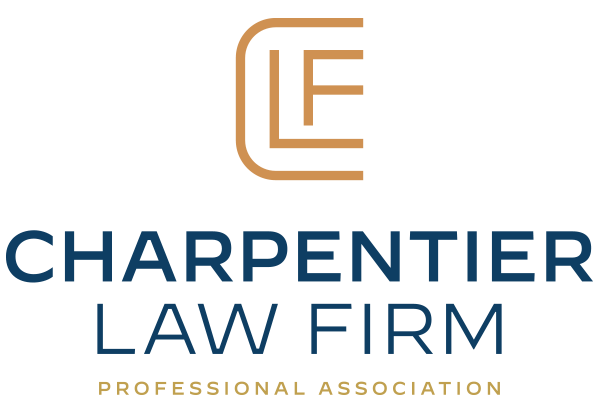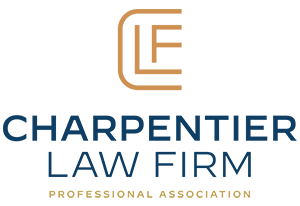Trial and Verdicts in Brevard County Personal Injury Cases
The experienced accident attorneys of Charpentier Law Firm have helped countless clients in the greater Melbourne area. Their diligence extends beyond the courtroom, helping clients make smart legal choices given the nature of their case.
We've covered the various stages of a personal injury lawsuit, looking at the initial paperwork and working through the pre-trial phases. Let's now consider the basics of the trial itself and what that entails.
The Jury Selection Process
If your case is going to a jury trial rather than one tried only before a judge, the first step will be to select the jury. During jury selection, the attorneys will ask the pool of potential jurors a series of questions to gauge their personalities, assess objectivity, and weed out any potential biases.
Attorneys can dismiss a set amount of jurors for different reasons. For instance, jurors may be dismissed due to a perceived inability to be objective ("challenges for cause") or for any reason at all ("peremptory challenges").
Opening Statements by the Attorneys
The actual trial itself will begin with the attorneys making their opening statements. The plaintiff's attorney will typically go first, laying out the nature of the case for the jury and state what is trying to be proven in the case. The defendant's attorney will then make an opening statement offering their own interpretation of the events of the case and what they will set out to prove.
If a lawsuit has more than two parties involved, there will be additional opening statements made.
Witnesses: Direct Examination, Cross-Examination, Re-Direct Examination
This main portion of the trial is known as the "case-in-chief," and most people know about this process thanks to its portrayal in film and television.
When a witness is called to the stand and is sworn in to testify under oath, the following will then occur:
- Direct Examination – The plaintiff's attorney will ask the witness questions to support their case.
- Cross-Examination – The defendant's attorney will ask their own set of questions in an attempt to rebut or call into question the information revealed to the jury in direct examination.
- Re-Direct Examination – The plaintiff's attorney will have a final chance to address the doubts the defendant's attorney raised during cross-examination.
The process continues until the plaintiff's side rests. The defendant's side then has the opportunity for direct examination of their own witness, whom the plaintiff's side can cross-examine, with the process unfolding in a fashion similar to the one noted above.
Closing Arguments by the Attorneys
In closing arguments, the attorneys for the plaintiff and the defendant are able to restate their case fir the jury and emphasize any evidence or testimony during the trial. In many cases, the plaintiff's side makes their closing arguments first, and both sides try to be as persuasive as possible.
The Judge Instructs the Jury
After closing arguments, the judge will provide legal guidelines and considerations to the jury with regard to the case. This will help outline certain concerns of which the jury should be attentive while they discuss the case in deliberation.
Jury Deliberation
Jury deliberation is a private discussion among the jurors alone in which the case and its evidence is discussed. The jury may request evidence to be re-examined or that part of the court transcript be provided as they go over the information they've heard. During this time, they will determine if the defendant should be held accountable and what damages should be awarded in the case.
Delivering the Trial Verdict
The verdict of a case is read in court with the various parties present. In some cases, a jury may be hung, meaning that they could not reach a unanimous decision or plurality. In these cases, a judge may declare a mistrial, which would involve a new trial being done.
Contact Our Personal Injury Lawyers
To learn more about trials, settlements, and other aspects of a lawsuit, be sure to contact our personal injury law firm today by calling 321-308-8020. The attorneys of Charpentier Law Firm are here to help you make sound and confident legal decisions.
WE HAVE A HISTORY OF SUCCESS
IN BREVARD COUNTY
Over the past 40-plus years of helping Brevard County's injured and mistreated, our firm has obtained some $65 million in recoveries on behalf of our clients, highlighted by an $15.5 million product liability award.
The team at Charpentier Law Firm has the negotiation skills to reach favorable settlements in many cases, but also has the experience and perseverance to try a case to verdict whenever it is in the best interests of our clients. Our history of success illustrates our dedication to our clients and their pursuit of justice. Our personal injury attorneys in Melbourne, Titusville, and Cocoa are proud to offer superior legal representation to victims and their families throughout Brevard County and Central Florida.

